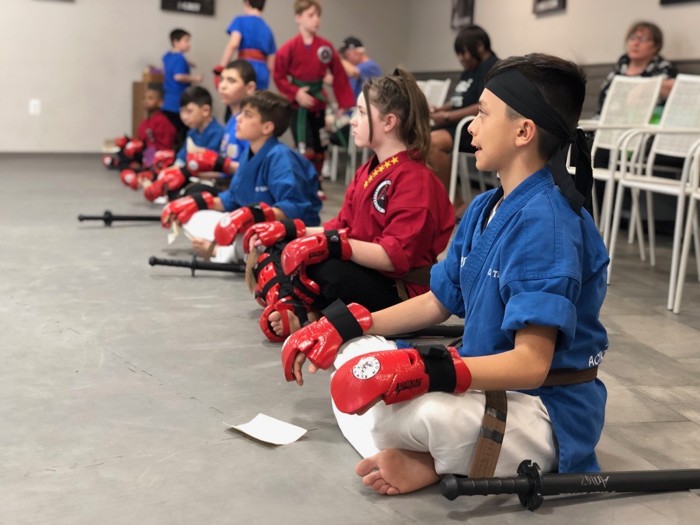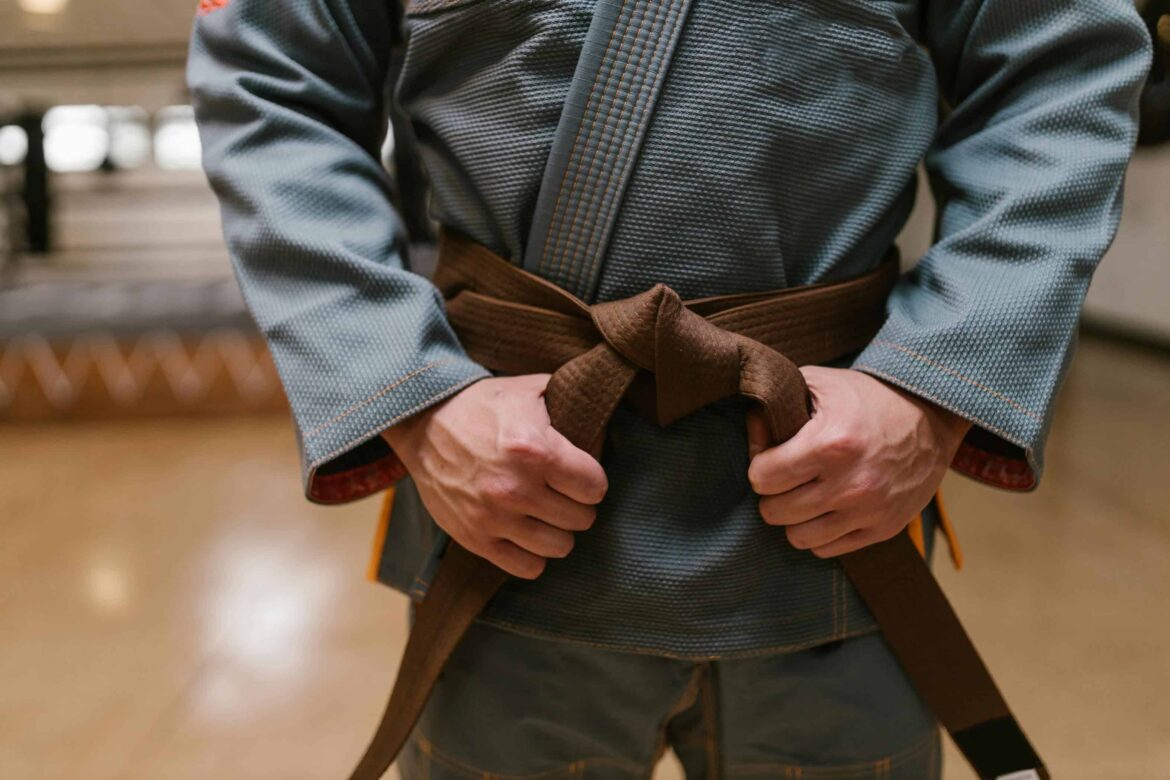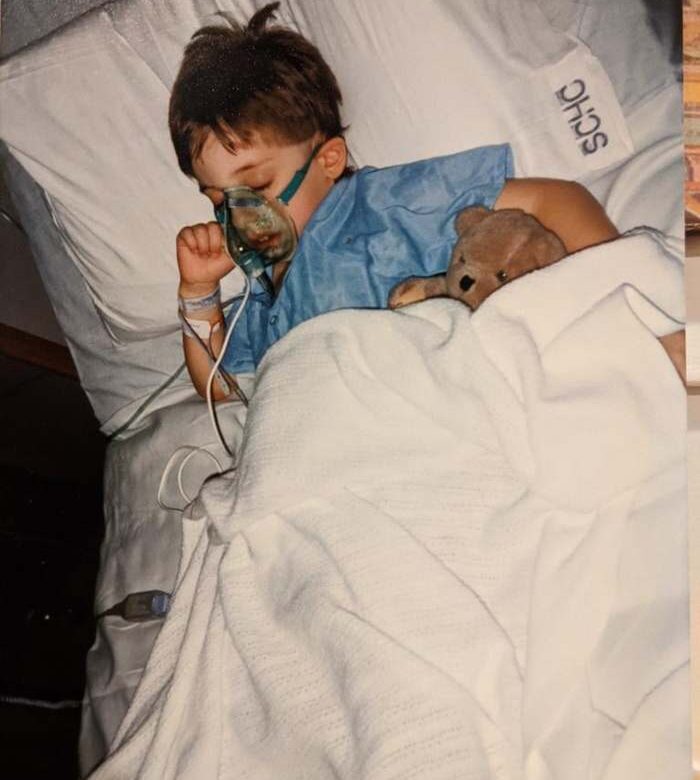We all know that every time we learn something new, we need to have a solid foundation. This starts with knowing the basics and building onto them to grow, learn, and develop. The same is true for learning the techniques and principles of karate.
That’s why age-appropriate karate training for kids is so important. A few of the benefits of age-specific training for kids include that they’ll gradually build on their skills and knowledge, giving them confidence in every aspect.
And because we at Action Karate recognize the importance of this, we have specially tailored karate classes for every child’s developmental stage. If you’re a parent who’s unsure of what to expect in age-appropriate martial arts classes, this post is for you.
Keep reading to learn about realistic expectations for different age groups—whether your child’s a toddler or a teen. Let’s begin.
Why Age-Specific Training Matters
So, why does age-specific karate training matter for your child? There are many answers but the most important ones are physical development, cognitive and emotional growth, and social interaction. We look at each one in more detail below.
Physical development
There are many physical development benefits of kids’ training in karate. Among these include improving motor skills, balance, and strength. However, each of these aspects vary by age and child and that’s why specific training methods are essential for each stage.
If you’re ready to enroll in karate for improving coordination in children, it’s good to understand how structured movement enhances motor skills in young children.
Cognitive & emotional growth
There are also many emotional benefits of karate for kids as well as cognitive ones. Specifically, karate is as much about physical training as it is about developing self-discipline in children through structured training.
Karate classes that build cognitive skills in children focus on attention span, self-discipline, and emotional regulation.
Social interaction
As for the social benefits of group karate classes for kids, a key point to emphasize here is that group sessions, for example, encourage teamwork, respect, and social skills. That’s why karate is so important in improving social skills through kids’ training.
Furthermore, structured lessons foster peer interaction in children, helping them to gain confidence in social settings and build community spirit and communication skills.
Early Childhood (Ages 3–6): Building the Foundation
If your child is aged three to six-years-old, and they’re enrolled in karate classes, you need to know what to expect from these classes. Let’s explore in more detail below.
What to expect in class
In karate classes for toddlers ages 3-6, Action Karate offers beginner lessons for preschoolers that focus on play-based learning and simple movements.
Our introductory martial arts training for young children blends fun and discipline, allowing kids to build a solid grasp of the basics while considering their unique developmental stage.
Fun drills and games
Karate isn’t boring. In fact, with fun karate drills for toddlers, we specially choose the right age-appropriate activities for 3-6-year-olds.
A few of the interactive games for preschool kids that we facilitate include animal walks, obstacle courses, follow-the-leader, and others, each of which makes learning fun.
Teaching style tips
The instructors at Action Karate know exactly how to teach young children effectively. From experience and research, we know that the best teaching methods for karate classes ages 3-6 include using visual demonstrations and hands-on guidance with positive reinforcement.
Our additional tips for engaging toddlers in training are designed to keep every child engaged and having fun while learning.
Middle Childhood (Ages 7–9 or 7–12): Learning With Structure
Is your child in their middle childhood years, aged anywhere from seven to 12? Karate is an excellent way to help them build confidence and refine their motor skills. Here’s what you can expect from these sessions.
What to expect in class
Action Karate offers highly structured karate training for kids ages 7-12. We do this for important reasons. As a child grows, karate sessions become more structured. This is when they learn basic techniques and controlled movements.
As such, that’s what to expect in kids’ training for elementary students. Our karate classes for kids ages 7-9 explained involve the same approach. All to guarantee that the pace at which your child learns and develops is appropriate for them.
Effective drills and activities
When it comes to effective drills for kids ages 7-9 and 10-12, a few of our fun partner exercises for elementary children include just that: partner drills. However, we also encourage children to participate in technique repetition games as well as relay race activities for kids.
Balancing discipline and fun
During training, it’s essential to focus on balancing discipline and fun in kids’ karate classes. That’s why our instructors follow specific strategies to maintain engagement while reinforcing focus and skill development.
At our engaging yet structured lessons for children, we emphasize the importance of maintaining focus in structured training for kids.
Setting SMART goals
Apart from the fun combined with structure, we also focus on setting SMART goals in kids’ classes. A few examples include earning a new level or stripe. One of the reasons why we engage in goal setting for young students is to help them focus on achieving specific goals and milestones, encouraging them to grow and develop further.
Our instructors are well-versed in how to set achievable goals for kids ages 7-12, and they have your child’s best interest in mind.
Pre-Teens and Teenagers (Ages 10+): Advanced Techniques and Personal Growth
And last but not least, our pre-teens and teen karate classes focus on advanced techniques and personal growth. Here’s what to expect.
What to expect in class
Wondering what to expect in teen classes? Firstly, these are karate classes for kids ages 10 and up. During these sessions, we focus on more advanced karate training for teenagers. This means training intensifies and we focus on controlled sparring and refining movements.
Progressive drills and challenges
The progressive karate drills for pre-teens include advanced drills such as kata, controlled sparring, as well as strength and conditioning exercises. These more challenging exercises for teenagers aim to help them within the physical and cognitive developmental stage they’re at.
Our advanced training drills for older kids takes all this into account and works with their skills and abilities, helping them push themselves to being better every day.
Encouraging personal responsibility and goal setting
The Action Karate instructors focus on teaching self-discipline in teen karate classes. But that’s not all. They also introduce goal-setting strategies for teenage students, focusing on both short-term and long-term goals. Having something to work towards provides motivation.
Meanwhile, having achieved a previous goal results in confidence in one’s abilities. All this fosters independence and resilience. And furthermore, it also emphasizes encouraging responsibility in advanced training.
Integrating life skills
There are so many important life skills learned through teen karate training. Wondering how training builds confidence and leadership in teenagers? At Action Karate, we know that structured training builds respect, perseverance, and leadership that extend beyond the classroom.
This is why our instructors always focus on integrating character development in teen programs apart from physical training and drills, to create well-rounded and confident students that can handle life’s challenges with more confidence.
How Instructors and Parents Can Support Age-Appropriate Training
Both instructors and parents can support age-appropriate karate and martial arts training. Here’s what you need to know.
For instructors
To promote effective learning, karate instructors should adapt their teaching methods to the developmental needs of each age group. Younger children benefit from a playful approach with short, engaging drills that build coordination and discipline.
As students grow, instructors can introduce more structured techniques, goal-setting, and self-defense applications suited to their cognitive and physical abilities. Providing clear instructions, using positive reinforcement, and fostering a supportive environment are key best practices for teaching kids of different ages.
Additionally, adapting lesson pacing and expectations guarantees that students remain motivated and continue progressing at an appropriate level.
For parents
Parents play a crucial role in their child’s karate journey by reinforcing training principles at home and celebrating achievements. Encouraging practice through fun activities, helping with flexibility exercises, and maintaining a positive attitude can enhance skill development.
Additionally, making sure that children attend age-appropriate classes and supporting their commitment to structured training fosters long-term success. Recognizing milestones—such as mastering a new kata or earning a higher belt—boosts confidence and motivation.
By maintaining open communication with instructors and fostering a balance between encouragement and discipline, parents can help their children develop a lifelong appreciation for martial arts.
Conclusion
Age-appropriate karate training provides children with the opportunity to develop skills, confidence, and discipline at a pace suited to their physical, cognitive, and emotional growth.
By customizing training to each developmental stage, young martial artists can build a strong foundation and progress effectively, making learning both engaging and rewarding.
For instructors, adapting teaching methods to different age groups helps students stay motivated and challenged. For parents, supporting structured training at home and celebrating achievements fosters long-term success.
Ultimately, the importance of customizing training by age cannot be overstated—customized programs help children thrive in karate and beyond.
With the right approach from both instructors and parents, kids can gain not only martial arts proficiency but also life skills that will serve them well into adulthood.




